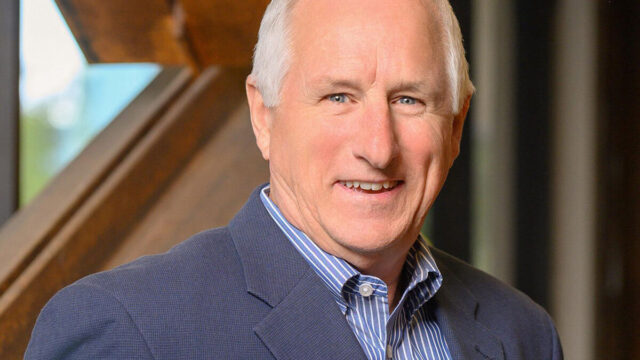Every city has a soul, an identity, a way of life. Tampa has seen a renaissance of sorts in recent years, as the sunny city has grown its live music scene, incorporating breweries and trendy F&B venues with its ever-present sunny weather. Dieter Cartwright, principal and co-founder, Dutch East Design—which recently designed rooftop restaurant M. Bird in the historic Tampa Heights neighborhood—discusses design trends in the city.
How have you seen Tampa evolve as a destination? What’s driving that? The beaches in Tampa have always taken the most credit, but the city is changing and diversifying as an urban, cosmopolitan hub. Our client’s development, Armature Works, where our rooftop bar project, M.Bird, is located, has helped to transform the Heights District. The Riverwalk development has brought a lot of activity—and therefore business—to the river. There is an evolving scene of independent bar and restaurant operators that are raising the standard. Affordable real estate, low cost of living, high quality of life, a rich arts culture, a growing food and beverage scene and fantastic weather is probably driving Tampa’s evolution.
In what ways has this impacted hotel design in the market? This growth has created a discerning population looking for dynamic cultural experiences. So as brands consider Tampa for new ventures, they’ll find opportunities for lifestyle and boutique hotels with strong F&B with close ties to the community.
There are some design trends that are universal—locally inspired, authentic, communal spaces to live, work and play, etc.—but cities can have their own design trends and vibes as well. What are you seeing there? Our insight grows as we as we continue to add Tampa-based hospitality projects to our portfolio. The climate—and all the style, iconography, heritage and nostalgia that comes with it—plays a big role. Also, there’s a grittier, indie side to Tampa. I think the public are going to see some inspiring and unique fusing of those two aesthetic sensibilities. There are also parts of Tampa that have quite rich and colorful histories, such as Ybor City. So, designers will be making direct references to the locale, imbuing hospitality projects with a strong sense of place unique to Tampa.
Tell me about any recent hospitality projects you’ve done in the area. Our introduction to the region was our work on Ichicoro Ane in St. Petersburg, for our old client Noel Cruz from New York. He moved to Tampa to develop a ramen concept—among other ventures—and Ichicoro Ane is the more elevated and bar-centric progression of that. Our design for this project was a fusion of Japanese design-sensibilities, the grit of our client’s Brooklyn roots, plus the building’s own heritage.
From there we provided naming, branding and interior design services for M.Bird, the rooftop cocktail lounge at Armature Works. The Armature Works development occupies a historical locomotive depot, and serves as an expansive food hall with event space, coworking, all with thoughtful daily programming such as yoga and live music.
Our new projects in the region are with key developers in the St. Pete/Tampa area. We are designing a contemporary diner as part of what is becoming known as the Hourglass District in Orlando with Chas Bruck (the developer behind Armature Works) and Giovanni Fernandez, plus a long-stay hotel project in St. Petersburg with Steve Gianfilippo.
A renaissance in a city can influence hotel design, which can, in turn, influence the feel of a city. How do you see this evolving in Tampa? It will be interesting to see how boutique hotel brands respond to the Tampa vibe. I anticipate new hotels forming alliances with local food and beverage operators to be truly enmeshed with the local flavor. If done thoughtfully, hotels can give voice to a local scene that may have been up to that point peripheral. And that helps to develop a healthy competitive landscape for Tampa to grow in its own way, instead of emulating other larger markets.




